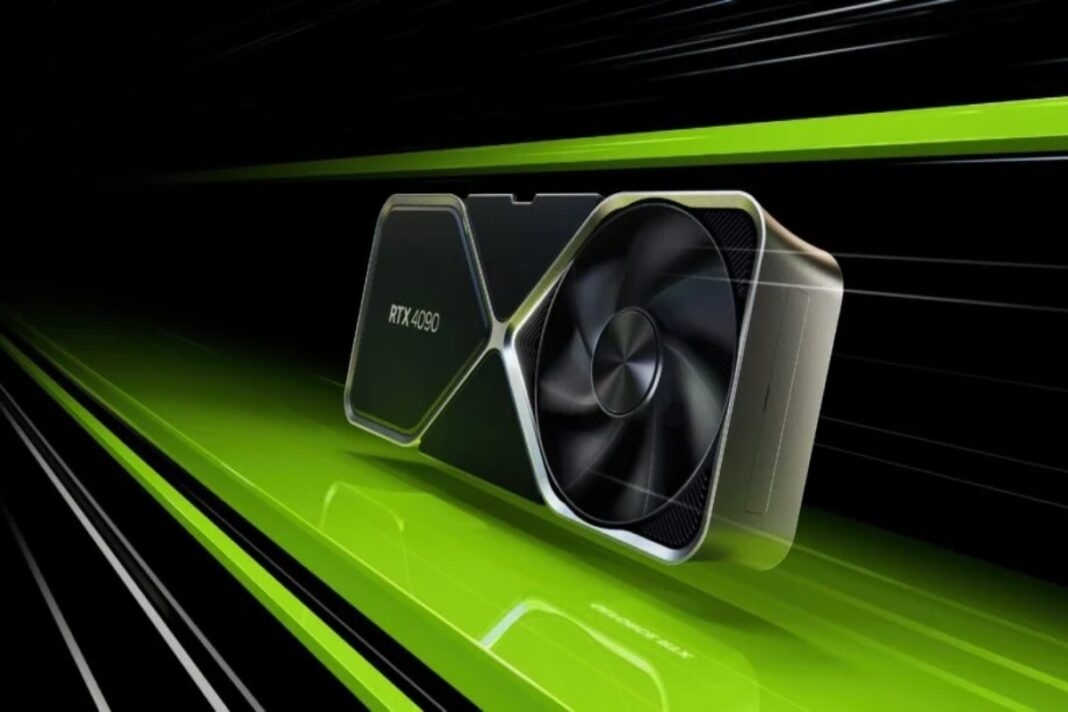One of the most critical aspects of maintaining your computer’s performance is keeping your CPU temps within safe levels. A central processing unit (CPU) generates heat during operation, and if left unchecked, overheating can lead to throttled performance, crashes, or even permanent damage. In this guide, we’ll explore tips and best practices to help you monitor and manage your CPU temps to ensure your system runs smoothly and efficiently.
1. Why Monitoring CPU Temps Is Important
Understanding why monitoring CPU temps is important should be the first step for anyone who cares about their system’s longevity. Excessive heat can slow down your computer by forcing the CPU to reduce its clock speed, a process known as throttling. Over time, consistently high temperatures can degrade your CPU and other internal components.
- Prolong system lifespan: Keeping your CPU cool prevents damage to components.
- Maintain performance: Avoid performance drops caused by overheating.
By actively monitoring your CPU temps, you can catch potential problems early and take steps to prevent damage.
2. Safe CPU Temps: What You Should Aim For
Every CPU is designed to operate within a certain temperature range. Most modern CPUs are built to handle temperatures between 60-70°C under heavy load, but it’s always best to check the manufacturer’s specifications for your particular model. Exceeding these temperatures may cause thermal throttling or shut down your system to prevent overheating.
In idle conditions, your CPU temps should ideally stay below 50°C. While occasional spikes during intense tasks such as gaming or rendering are normal, sustained high temperatures over 80°C should be a cause for concern. Taking action when temps rise beyond this point is essential to keeping your system safe.
3. How to Monitor Your CPU Temps
Monitoring your CPU temps is crucial to ensure that your system is functioning optimally. Thankfully, there are various software tools available to make this task easier. Programs like HWMonitor, Core Temp, and SpeedFan offer real-time temperature readings for your CPU, allowing you to track any fluctuations.
Once you’ve installed monitoring software, keep an eye on your CPU temps during different types of workloads. Heavy applications such as video editing or gaming can push your system hard, so monitoring during these times is essential to get an accurate reading of how your CPU handles stress.
4. Improve Airflow in Your PC Case
One of the easiest ways to lower cpu temps is by improving the airflow inside your PC case. Poor airflow can trap heat inside, causing your components to overheat. By ensuring proper ventilation, you allow hot air to escape and cooler air to flow in, keeping everything running at optimal temperatures.
To achieve better airflow:
- Organize cables: Use cable management strategies to reduce clutter and improve airflow.
- Upgrade fans: Install high-quality intake and exhaust fans to increase air circulation within your case.
These steps can go a long way in reducing heat buildup inside your computer.
5. Regularly Clean Your PC for Dust Build-Up
Dust accumulation is a major factor in increasing cpu temps. Over time, dust can clog your computer’s fans, reducing their efficiency and trapping heat inside. Regular cleaning helps maintain good airflow and prevents your CPU from overheating.
To clean your PC:
- Use compressed air: Gently blow away dust from fans, vents, and heat sinks.
- Clean the filters: Many cases come with dust filters; these should be cleaned periodically.
A clean system not only runs cooler but also extends the life of your components.
6. Upgrade Your CPU Cooler
If you’re still experiencing high cpu temps despite improving airflow and cleaning your system, it may be time to upgrade your CPU cooler. Stock coolers provided by CPU manufacturers are often adequate for basic tasks, but they can struggle to keep temps down during more intensive applications.
There are two main types of CPU coolers:
- Air coolers: These are typically more affordable and sufficient for most users.
- Liquid coolers: These offer superior cooling performance, especially for overclockers or heavy users.
Upgrading to a higher-quality cooler can have a significant impact on lowering your CPU temps.
7. Apply Thermal Paste Correctly
Thermal paste is a crucial component in managing cpu temps as it helps transfer heat from the CPU to the cooler more efficiently. Over time, thermal paste can dry out or become less effective, leading to higher temperatures. Reapplying thermal paste is a simple process but can greatly improve cooling.
When applying thermal paste, less is more. A small, pea-sized amount in the center of the CPU is typically enough. Make sure to spread it evenly when mounting your cooler to ensure optimal contact.
8. Consider Undervolting Your CPU
Undervolting is a more advanced technique to reduce cpu temps by lowering the voltage supplied to your processor. Reducing the voltage can lower heat output without sacrificing performance in most cases, especially if you’re not overclocking. Many users report significant temperature drops after undervolting.
Software tools like Intel’s XTU or AMD’s Ryzen Master make the undervolting process user-friendly. Be cautious, though—tinkering with your CPU’s settings can cause instability if done incorrectly, so make sure to research thoroughly before attempting it.
By following these tips and regularly monitoring your cpu temps, you can keep your system running efficiently and extend its lifespan. Whether it’s improving airflow, cleaning dust, upgrading cooling solutions, or applying thermal paste, each step contributes to maintaining optimal performance. A cool CPU is a happy CPU—take the time to manage your system, and it will reward you with stable and fast performance for years to come.
chick out: https://wellacted.com/
